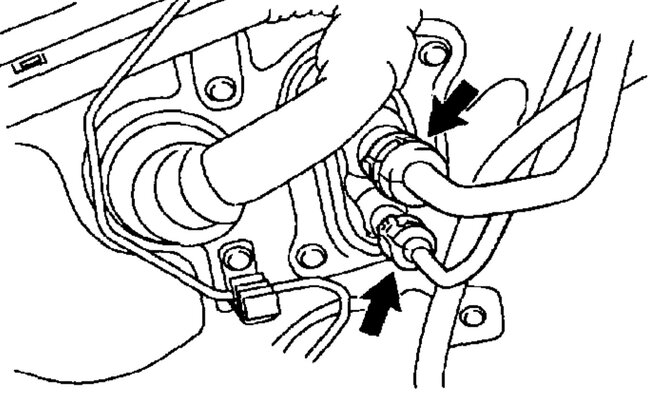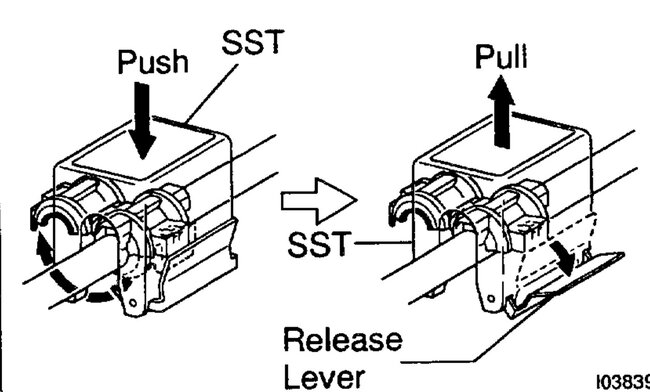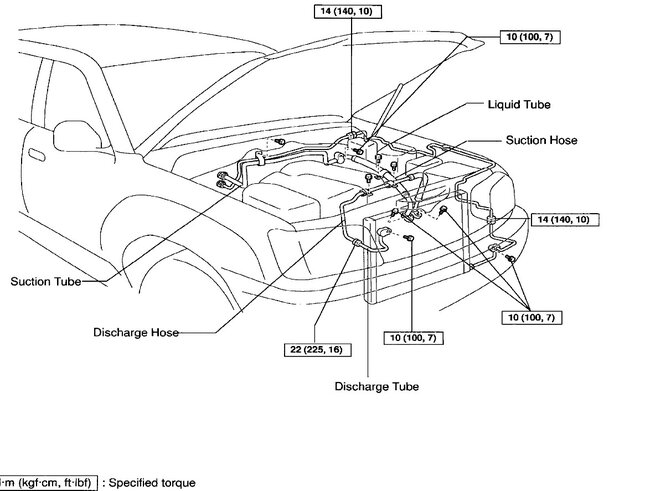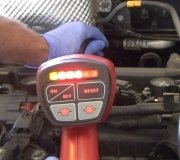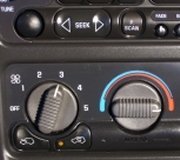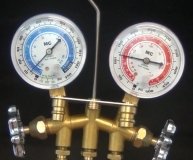If you know you have a leak you can use various methods to track down where it is.
This shows a few options.
https://www.2carpros.com/articles/air-conditioner-leak-detection
For leaks in the evaporator core inside the vehicle it can be difficult, but I've used sniffer testers and inspection cameras to hunt in those areas. The difficult part in those cases is usually the actual repair. That is because in most modern vehicles you need to remove the HVAC case that holds the heater and A/C cores and in a majority of cases that also means removing the dash assembly.
If the leak is in one of the pipes though it may not require the removal of the core as the piping on that vehicle is all accessed under the hood. The liquid and suction lines are both on the engine side of the firewall and use quick couplers to attach them to the core. You need the special release tool that unlocks the couplers, then you simply release the coupler and remove it, reverse the process to install the new one. They used lines with couplers in them as well, so you don't end up replacing the complete line but sections. If the leak is at one of the connections, it may just need to have the sealing O-Rings replaced. You will need to use a pump to fully evacuate the system and then generate a vacuum again to test and set the system up to be recharged.
https://www.2carpros.com/articles/re-charge-an-air-conditioner-system
Depending on the A/C options you will need R134a in the following amounts. The final number will depend on testing the system. You normally load in the lower amount, then test the output temperature and adjust until you get maximum cooling within the capacities named.
Single A/C 28.22 ± 1.76oz
Dual A/C 39.00 ± 1.76oz
Images (Click to make bigger)
SPONSORED LINKS
Tuesday, March 28th, 2023 AT 3:49 AM
